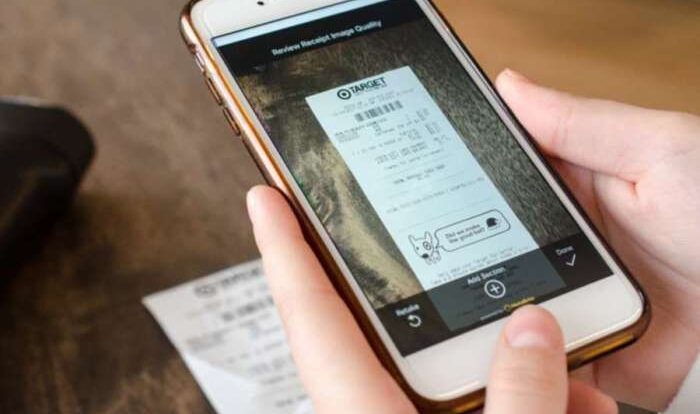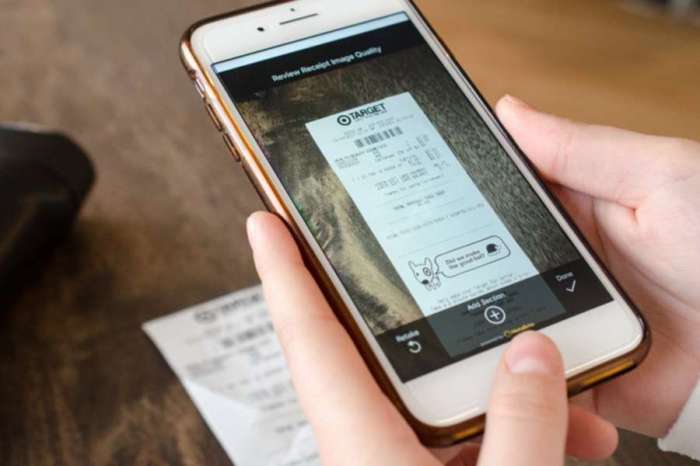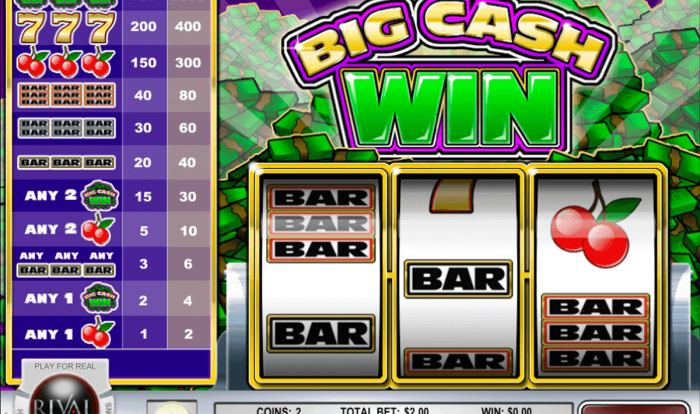
Introducing the best receipt app, the ultimate solution for managing expenses effortlessly. With advanced features and seamless integrations, these apps empower you to streamline your financial tracking and gain valuable insights into your spending habits.
Delving into the realm of receipt apps, we will explore their key features, integration capabilities, security measures, and pricing models. Our comprehensive guide will equip you with the knowledge to choose the perfect app that aligns with your specific needs and preferences.
Top Receipt Tracking Features
Effective receipt apps offer a suite of features designed to simplify and streamline receipt management. These features include optical character recognition (OCR), categorization, expense tracking, and reporting.
OCR technology allows the app to scan and digitize receipts, automatically extracting key information such as the merchant name, date, amount, and line items. This eliminates the need for manual data entry, saving time and reducing errors.
Categorization
Receipt apps typically offer categorization features that enable users to organize receipts into specific categories, such as business expenses, travel, or personal purchases. This organization simplifies expense tracking and reporting, making it easier to identify spending patterns and identify areas for potential savings.
If you’re looking for a convenient way to track your expenses, a receipt app is a great option. These apps allow you to easily scan and store your receipts, making it easier to keep track of your spending. And if you’re looking for a fun way to relax, check out our list of the best free games.
From classic board games to the latest mobile hits, there’s something for everyone. Once you’ve had your fill of gaming, come back and explore our top picks for receipt apps. They’ll help you stay organized and on top of your finances.
Expense Tracking
Expense tracking features allow users to record and track expenses associated with receipts. The app can automatically calculate totals and provide insights into spending habits. This information can be invaluable for budgeting and financial planning.
Integration with Other Tools
Integrating receipt apps with other financial tools offers a comprehensive approach to financial management. By connecting these tools, users can streamline their processes, access real-time data, and gain valuable insights into their spending habits.Popular integrations include:
- Accounting software:Syncs receipts with accounting records, automating expense tracking and eliminating manual data entry.
- Budgeting apps:Categorizes expenses and compares them to budget limits, providing insights into spending patterns and areas for improvement.
- Tax preparation software:Digitizes receipts for tax deductions, simplifying the preparation process and reducing errors.
These integrations enable users to:
- Save time:Automate tasks, reducing manual effort and freeing up time for more important activities.
- Improve accuracy:Eliminate human error by syncing data across platforms, ensuring consistency and reliability.
- Gain insights:Analyze spending data from multiple sources, providing a holistic view of financial health and identifying areas for optimization.
Security and Privacy Considerations
Receipt apps prioritize the security and privacy of user data, implementing robust measures to protect sensitive information.
Encryption methods such as AES-256 and TLS ensure data is encrypted during transmission and storage, safeguarding it from unauthorized access.
Data Protection Protocols
- Multi-factor authenticationrequires additional verification steps, such as a one-time password, to prevent unauthorized account access.
- Data anonymizationremoves personal identifiers from data, protecting user privacy while still allowing for data analysis.
- Privacy policiesclearly Artikel how user data is collected, used, and shared, giving users transparency and control over their information.
Cost and Value Proposition
Receipt tracking apps offer various pricing models to cater to different user needs and budgets. These models include free, premium, and subscription-based services.
Free Services
Free receipt apps provide basic features such as receipt scanning, storage, and categorization. They are suitable for occasional users who do not require advanced functionality.
Premium Services
Premium receipt apps offer additional features, such as expense tracking, budgeting tools, and integration with accounting software. They are ideal for users who need more comprehensive receipt management.
Subscription-Based Services
Subscription-based receipt apps provide access to all app features for a monthly or annual fee. They are suitable for businesses and individuals who require ongoing receipt tracking and management.
The value proposition of each app depends on the specific features and benefits it offers. Users should consider their individual needs and budget when choosing a receipt tracking app.
User Experience and Interface

The user experience and interface (UI) of a receipt app play a crucial role in its overall usability and adoption. Well-designed apps offer an intuitive navigation, seamless functionality, and a visually appealing layout that enhances the user’s experience.
When evaluating the user experience of receipt apps, consider the following factors:
Navigation
- Is the app easy to navigate? Can users easily find the features and functions they need?
- Is the menu structure logical and consistent? Are the options clearly labeled and organized?
- Does the app provide clear visual cues and feedback to guide users through the process of adding, managing, and organizing receipts?
Functionality, Best receipt app
- Does the app offer a comprehensive range of features that meet the user’s needs?
- Are the features easy to use and understand? Do they work as expected?
- Does the app provide seamless integration with other tools and services, such as accounting software or expense management apps?
Design and Layout
- Is the app visually appealing and easy on the eyes? Does it use a modern and user-friendly design?
- Is the layout clear and uncluttered? Are the elements arranged in a logical and intuitive way?
- Does the app use appropriate colors, fonts, and icons to enhance the user experience and create a visually pleasing interface?
By carefully considering these factors, you can identify receipt apps that offer a superior user experience and interface, making them more enjoyable and efficient to use.
Closing Notes: Best Receipt App
In conclusion, the best receipt app is an indispensable tool for anyone seeking to simplify expense management. Its ability to capture, categorize, and analyze receipts, coupled with seamless integrations and robust security features, empowers users to make informed financial decisions and achieve greater control over their spending.






